I was asked to look at some slab cracks in an unfinished basement. The house is coming up on a year old (when the warranty expires).
The builder was asked to come and look, and he said they were fine and they would not fix the cracks.
The cracks are near structural posts, and there is moderate elevation change across the crack. The side with the post is lower. I suspect there is not a thickened slab under the post and the post reaction has cracked through the slab. I have not seen any building plans however.
I am wondering if the IBC or some other source I could reference that defines acceptable crack widths and elevation differentials?
Any opinions would greatly be appreciated. Thanks!
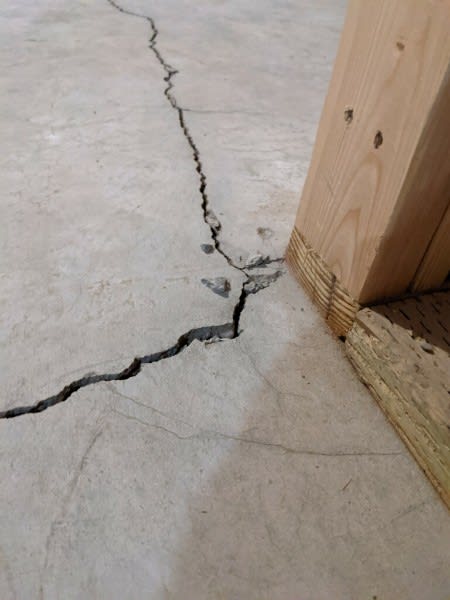
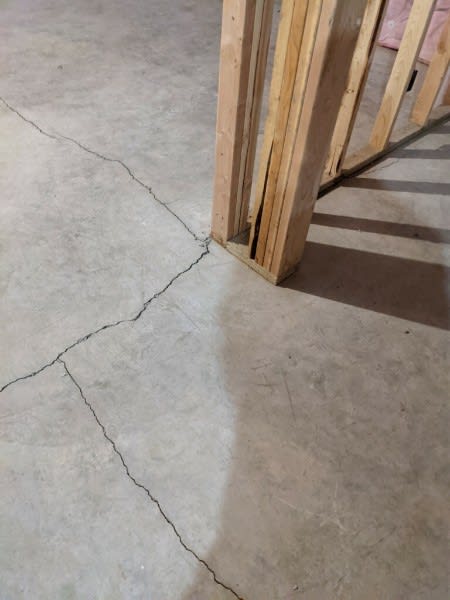
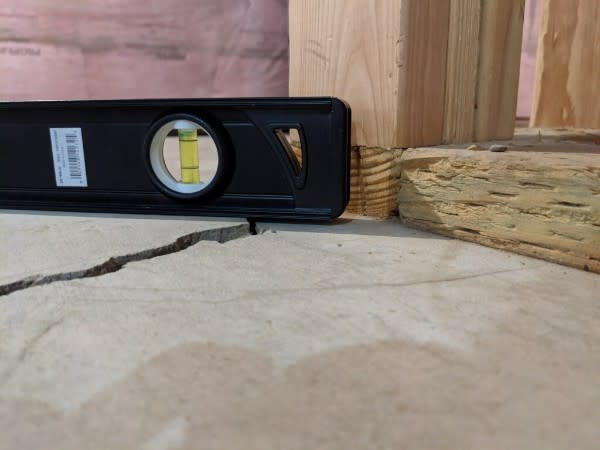
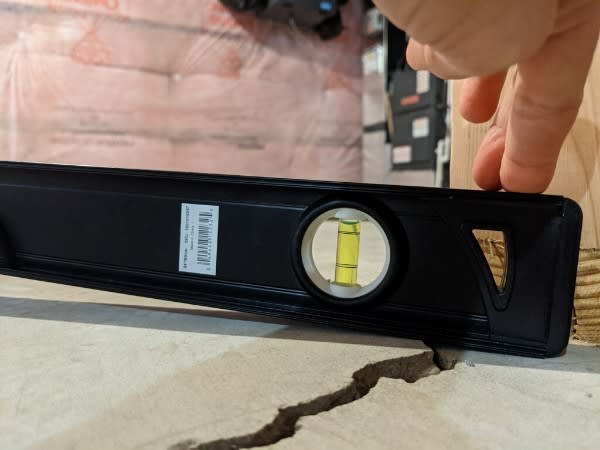
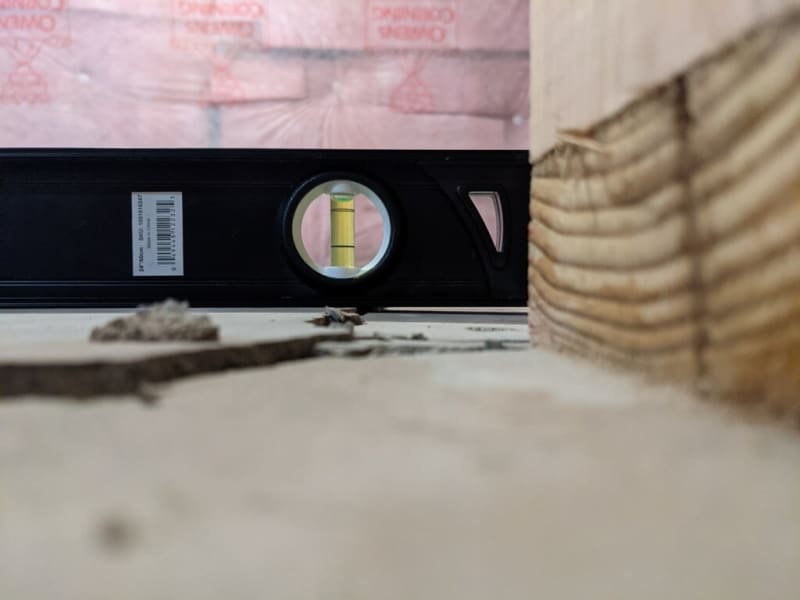
The builder was asked to come and look, and he said they were fine and they would not fix the cracks.
The cracks are near structural posts, and there is moderate elevation change across the crack. The side with the post is lower. I suspect there is not a thickened slab under the post and the post reaction has cracked through the slab. I have not seen any building plans however.
I am wondering if the IBC or some other source I could reference that defines acceptable crack widths and elevation differentials?
Any opinions would greatly be appreciated. Thanks!





